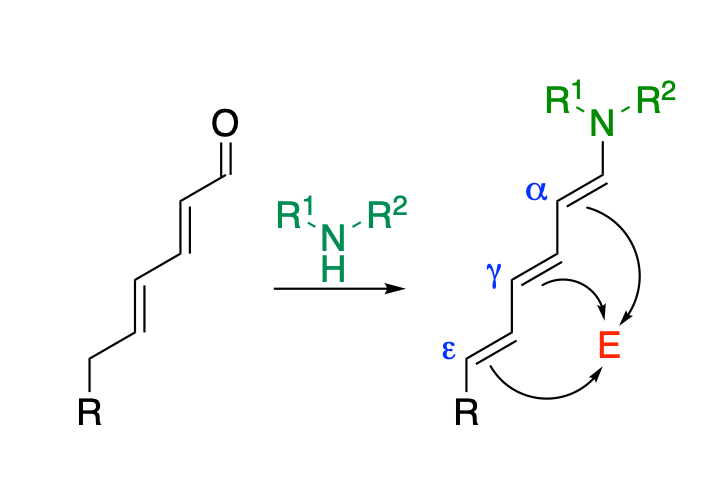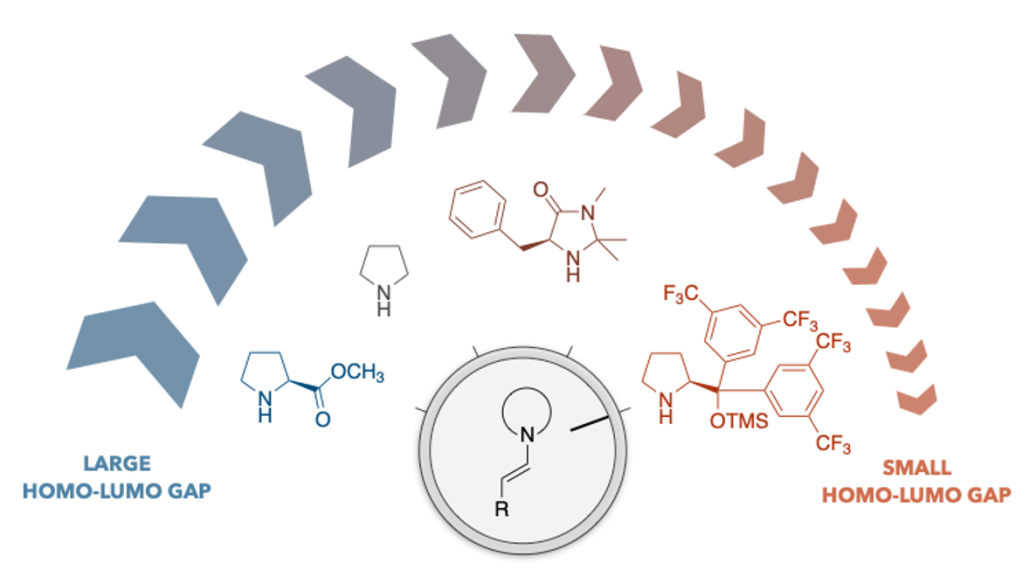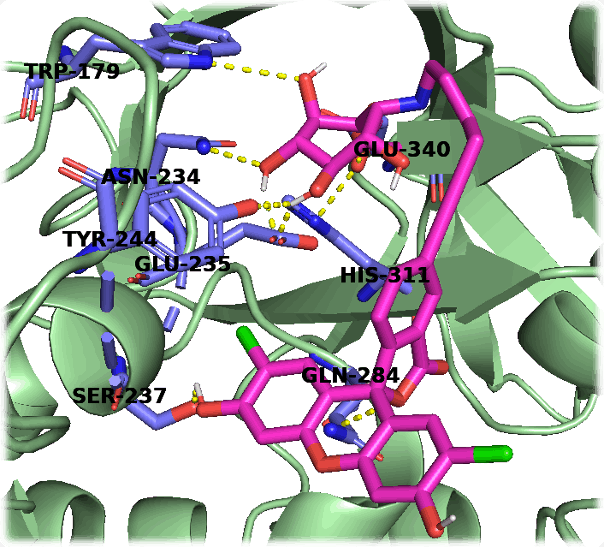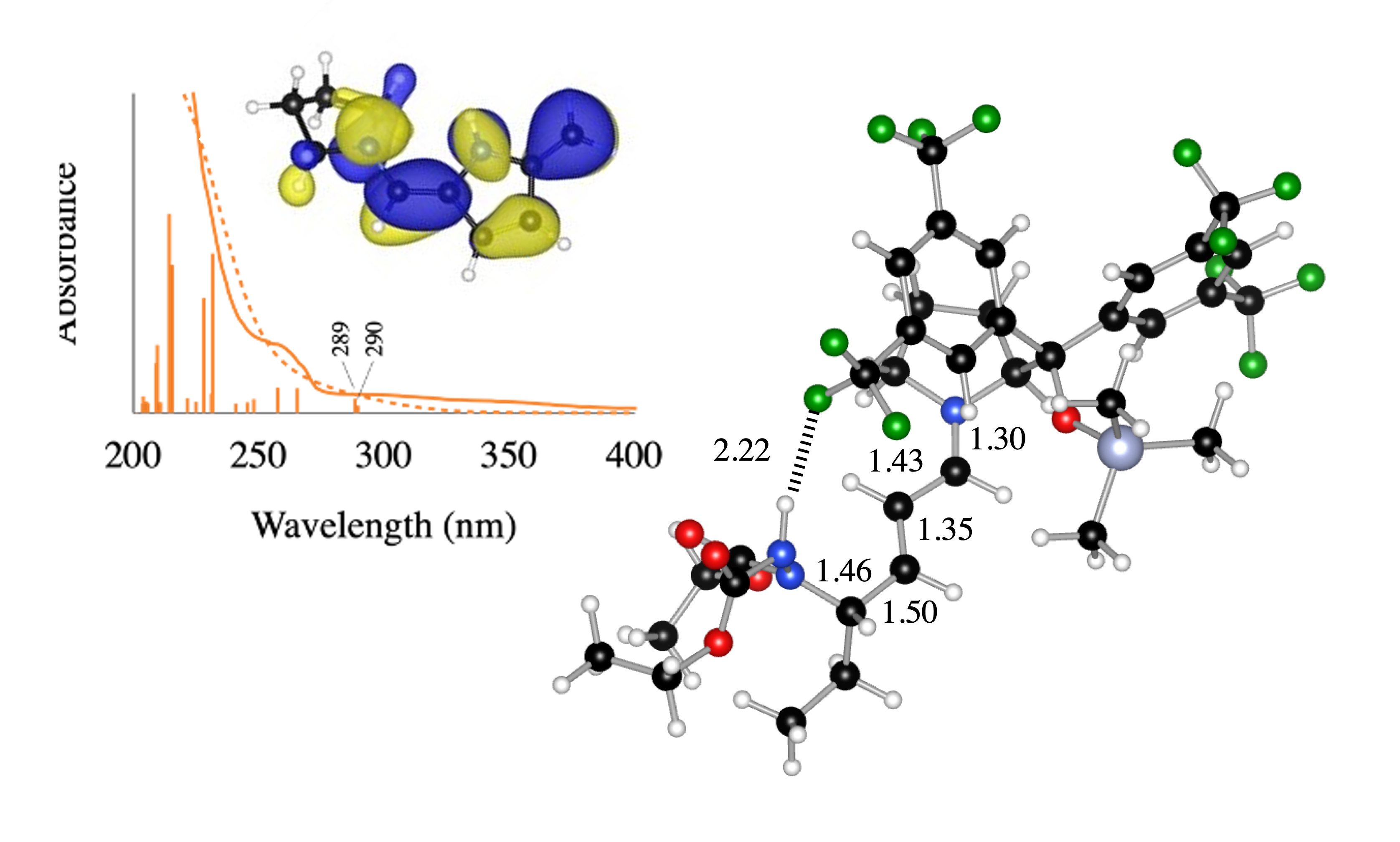
Remote Functionalization
We are working to elucidate the mechanisms and kinetic profiles of asymmetric functionalization reactions with a focus on determining the origin of enantioselection. In conjunction with our mechanistic studies, we are working to design and develop new catalysts that will predictably control regio- and stereochemistry in remote functionalizations.


